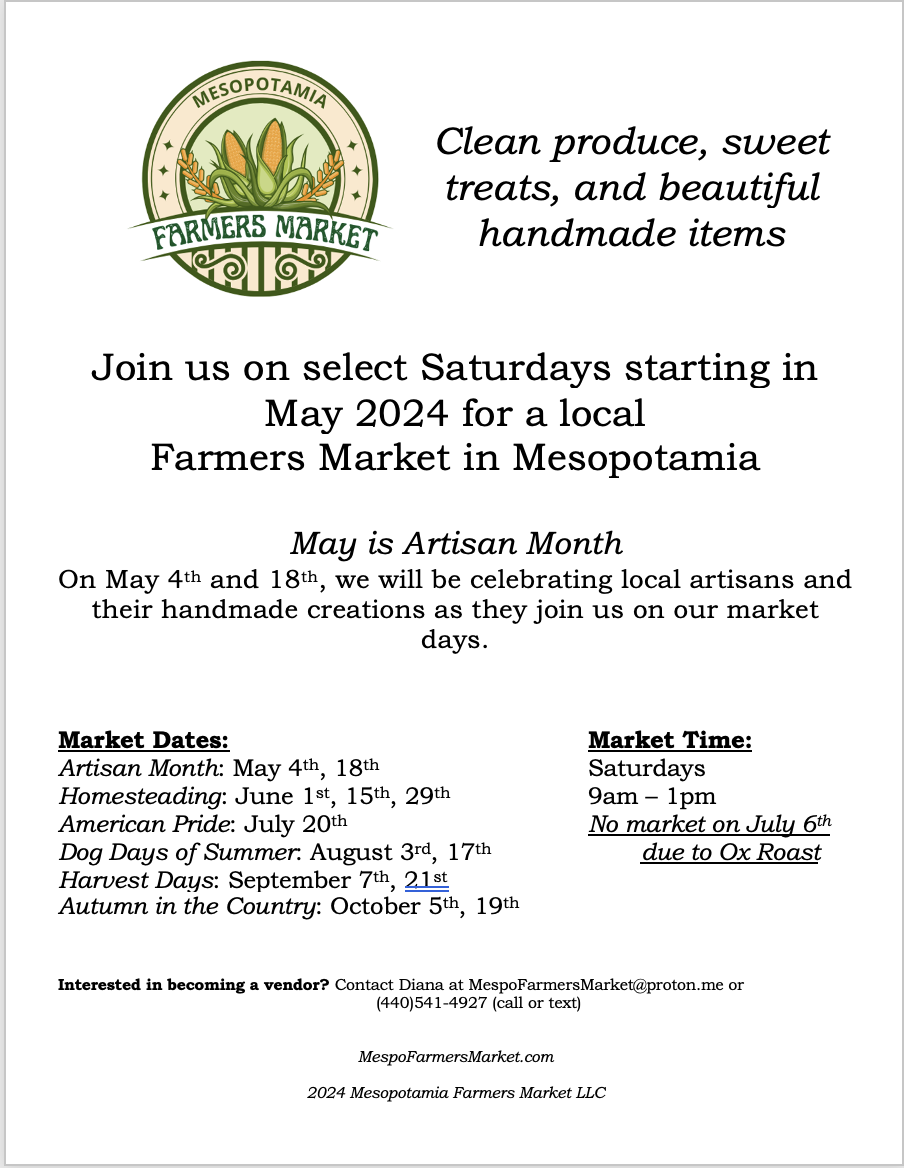As the hot muggy days of summer wane and you begin to can see the familiar V formation of geese flying south, Monarch’s flit among the flowers, making their way to Mexico, and the woods becoming quiet as many songbird species leave for winter. The autumnal equinox announces fall is officially here on September 22. But to many, Goldenrod, Solidago species, is synonymous with the final days of summer.
One of the most common wildflowers in North America, there are more than 100 species of this perennial plant native to North America. The name solidago means “to make whole” and Goldenrod has been used by many throughout history for medicinal purposes. Hence the common name “woundwort.” Goldenrods vary in height, with the Grey or Old Field Goldenrod being one of the shortest, to the tallest, Tall and/or Canada Goldenrod topping out at 4 to 6 feet. All Goldenrods are characterized by large clusters of small yellow flowers that appear from the end of summer until frost. Most species propagate by a dense spreading root system called rhizomes in addition to seed. Estimates range from twenty-two to twenty nine different species found growing naturally in Ohio. Most of the species are found in sunny meadows especially Canada Goldenrod and Lance Leaved Goldenrod, but there are others quite at home in the partial shade of the woods. Zigzag goldenrod, Elm-leaved goldenrod and Bluestem goldenrod prefer the shade of the forest.
Goldenrod gets a bad rap from hay fever sufferers when its Ragweed that should get the blame. Blooming at the same time as Goldenrod, ragweed is the real culprit for the misery of fall allergy season. Ragweed is pollinated by the wind, like grasses, another allergy producer. Only by releasing billions of pollen grains into the wind can they ensure that some will find their way to the female flower of another ragweed plant and produce seed. Again, similar to grasses, ragweed does not need visually attractive flower parts. They are an inconspicuous green color. People suffering from allergies in September look for a flower to blame and goldenrods get the rap because they are so visible and abundant. The pollen grains of goldenrod are relatively large, fat, and sticky so that they will adhere to visiting insects and be transferred by them to another flower and are not airborne.
One of the most important sources of food in the fall months, Goldenrods attracts every manner of insect. Since it is one of the last flowers of the season, bees, wasps, butterflies, moths, flies, and others visit for nectar and pollen.
It has been shown that there is more nectar in Goldenrods than any other fall flower. Monarch butterflies rely on the Goldenrod as they make their way to Mexico sipping on nectar to fuel their flight. Caterpillars, aphids, and other small insects eat the leaves and stems. Wasps, spiders, praying mantis, lacewings, ambush bugs, assassin bugs, beetles, and birds prey on the insects Goldenrod attracts.
Often visible in the winter, many goldenrod stems have strange growths present on their stem and/or at the top of the plant. These are called “galls” and are the homes of three different insects, the Goldenrod Stem Gall Fly, the Goldenrod Gall Moth, and the Goldenrod Gall midge. The larva overwinters inside the gall which provides protection and provides the larva with a food source. The round “apple” or “ball” gall is characteristic of the Gall Fly, the spindle shaped or “elliptical” gall is characteristic of Gall Moth, and the strange growth at the end of stem of some Goldenrods is the result of the Goldenrod Gall Midge. Once again the Goldenrod provides an important source of food for over wintering birds. Woodpeckers and other birds have learned a tasty snack lives inside these galls and can be seen prying opening the galls during the cold winter months.














